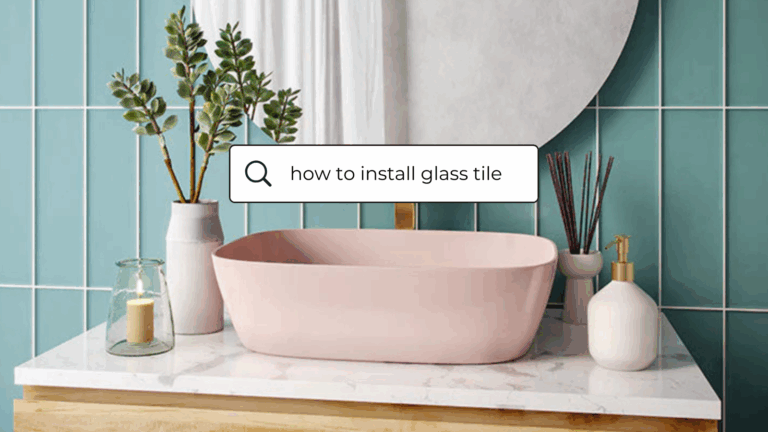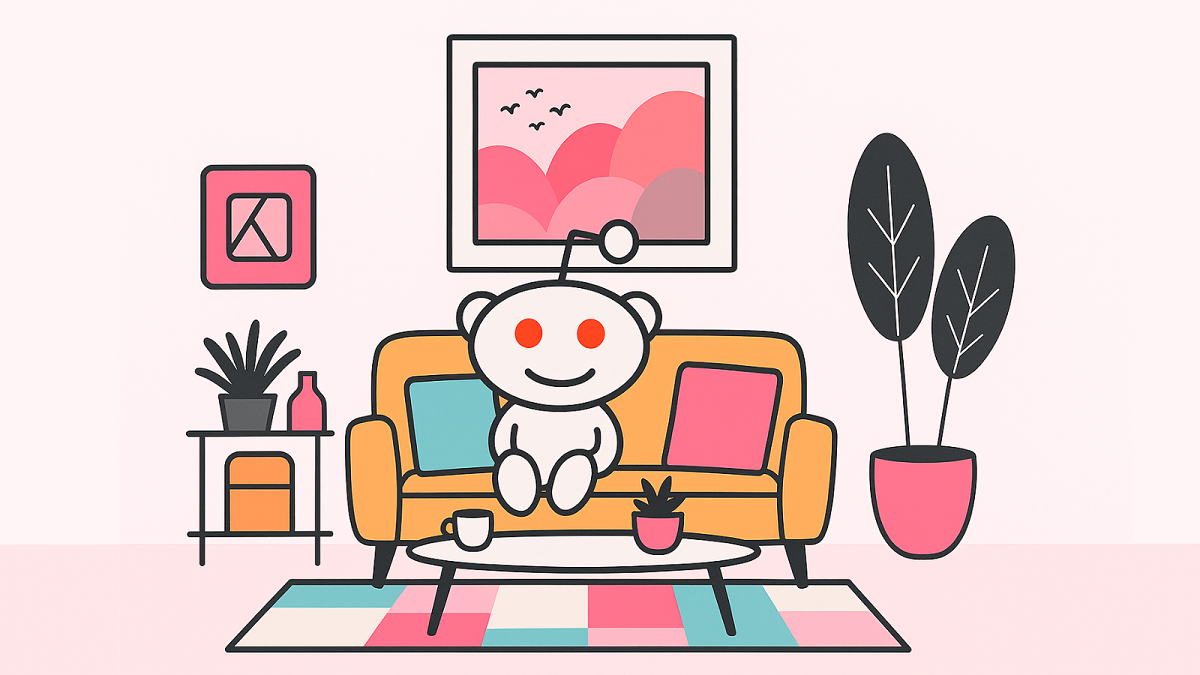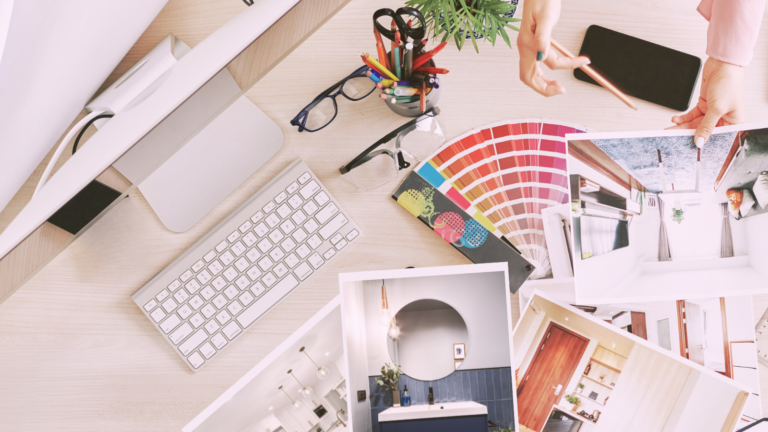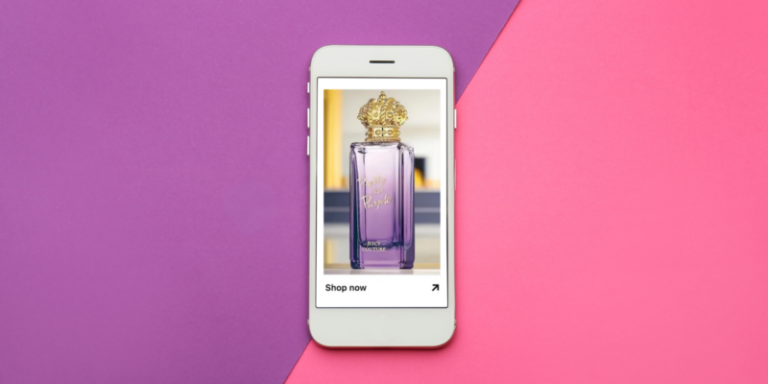As AI becomes a bigger and bigger player in the digital landscape, major platforms like Meta are refining their approaches—and these adjustments impact all industries, including home decor and furnishings. One recent development that stands out is Meta’s new policy on labeling AI-generated content. This move towards transparency is one way AI policies will majorly impact how interior designers, marketers and clients view and engage content.
Meta’s New Guidelines on AI-Generated Content and Its Impact
In April 2024, Meta announced new guidelines that require labels on all AI-generated and manipulated content across its platforms, specifically Instagram and Facebook. In a nutshell, this means that anything (an image, video, or even text) created or altered with AI will be clearly labeled, indicating it was AI-made. This is a mindset shift for designers now that AI tools are more widely used within the industry for content like social media posts, moodboard mockups and copywriting for blogs and ads.
You’re probably wondering what this means for your interior design business or home brand. Simply put, Meta’s labeling guidelines aim to foster transparency so audiences better understand when they consume AI-generated content. This transparency can work in your favor in an industry like home decor, where authenticity and craftsmanship are valued. By being upfront about using AI, your business can build trust with clients because you’re essentially showing them that you’re using these tools to enhance your creativity and design process instead of replacing them.
When it comes to practical implications for designers and marketers, Meta’s guidelines encourage a thoughtful approach to content creation. Instead of relying solely on AI-generated visuals, for example, using a blend of AI-enhanced and original content can be beneficial. The key is clearly labeling this content to help clients understand what they see. This transparency can help differentiate your brand while reinforcing a narrative that AI can be a supportive tool in the creative process.
With Meta’s guidelines in place, it’s also worth experimenting with new ways to engage people. For example, share a behind-the-scenes look at your design process and how you utilize AI and hands-on elements. This will give existing and potential clients insight into your innovative design process and personal expertise, which can then deepen trust and strengthen connections.
Google’s Push for Niche-Specific Site Rankings
In another shift that could make a big difference, Google recently introduced an AI-driven updatethat prioritizes niche-specific websites. Essentially, this means that instead of general content, Google is giving more weight to websites that offer a more focused, specialized approach to content. This is great news for home decor professionals looking to reach a specific audience!
With this update, Google is encouraging businesses to dig deeper into their areas of expertise. For interior designers, that means creating and sharing niche content to reach people searching for highly relevant information. That could mean professional insights on a particular design style, DIY decor tips, or even product recommendations. Focusing on key specialized topics can attract ideal clients searching for your niche. Spinning it to focus on your unique approach, aesthetic, or services is key.
Wondering why niche content is so important? Let’s dig a bit deeper. In an online world where digital content feels endless, prospective clients increasingly seek experts who understand their needs. By sharing content specific to your niche, you’re not only positioning yourself as an authority, you’re also helping them find you more easily. For example, if your specialty is coastal-inspired home decor, we recommend writing blog posts and sharing social media content that focuses on that decor aesthetic. This will help your site be more likely to appear in search results when people search for that specific look.
Another example, interior designer Lane McNab specializes in historic home design and is passionate about balancing modern and traditional design elements. This niche expertise has made her the go-to designer for those seeking bespoke home design in the Bay Area. Content, like her recent blog, speaks to that specialty.
To make the most of Google’s update, we recommend that home decor industry leaders and brands embrace SEO strategies that leverage AI tools. For example, tools like SEMrush and Ubersuggest can help you identify keywords, analyze which topics your audience resonates with the most, and generate outlines for new posts. Utilizing tools like this to create focused, SEO-rich content can boost your site’s ranking and reach more people.
Leveraging AI for Efficiency and Creativity in Interior Design
As we’ve covered, AI is a game-changer for interior designers in marketing. It’s also become an amazing tool for streamlining processes and boosting creativity.
Creating content can be time-consuming; not everyone is a natural marketer or copywriter. However, AI copywriting tools are here to help you craft captivating content easily. Tools like Claude and Jasper are ideal for generating ideas quickly, creating blog post outlines, writing optimized product descriptions and crafting social media captions in your brand voice
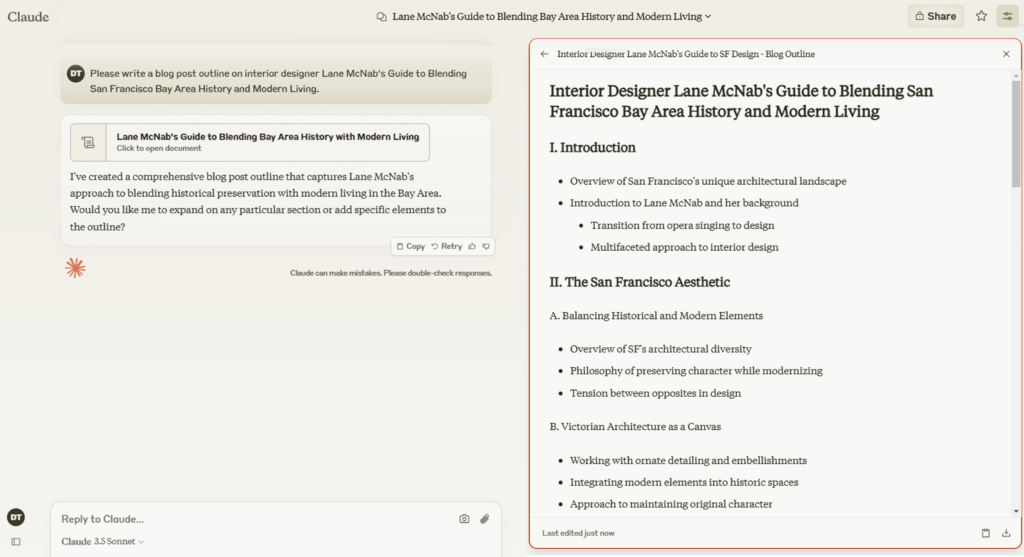
Time-Saving Tips for Managing Content Creation:
- Batch content creation: Dedicate a single work session to generating multiple pieces of content, such as blog posts and captions, using AI to speed up the writing process.
- Use templates for consistency: Set up templates for product descriptions and social media posts so that you can better use AI tools to fill in the gaps, thus saving time.
- Repurpose content easily: AI is an amazing tool for helping you adapt long-form content like a blog post into bite-sized chunks like a social media caption. This will help you better repurpose your existing content onto other platforms like Instagram posts or an email newsletter.
Using Art Generators to Fuel Creative Design Concepts
Looking to uplevel your creative process? Try an AI art generator! Tools like Midjourney and DALL-E can create digital renderings and moodboards to perfectly represent your design aesthetic. The tools are especially useful for experimenting with color palettes, print and pattern mixing and furniture layouts—perfect for giving clients a sneak peek into the final design.

Upper East Side Apartment Living Room with Fireplace in the Style of Cynthia Rowley, created with Midjourney
Popular AI Art Generators
- Midjourney: Ideal for producing high-quality, imaginative visuals that convey the overall mood or theme of a design concept
- DALL-E: Great for generating specific furniture styles, decor elements or patterns to better help clients visualize different aspects of a room
- Artbreeder: Useful for creating unique visual textures and abstract art pieces that can serve as inspiration or even final design elements
Streamlining Processes for Maximum Efficiency
Like many small businesses, interior designers often juggle multiple projects—AI can also help with that administrative load! From project timelines to budgeting and client communications, AI-driven automation tools allow you to stay organized with less effort.
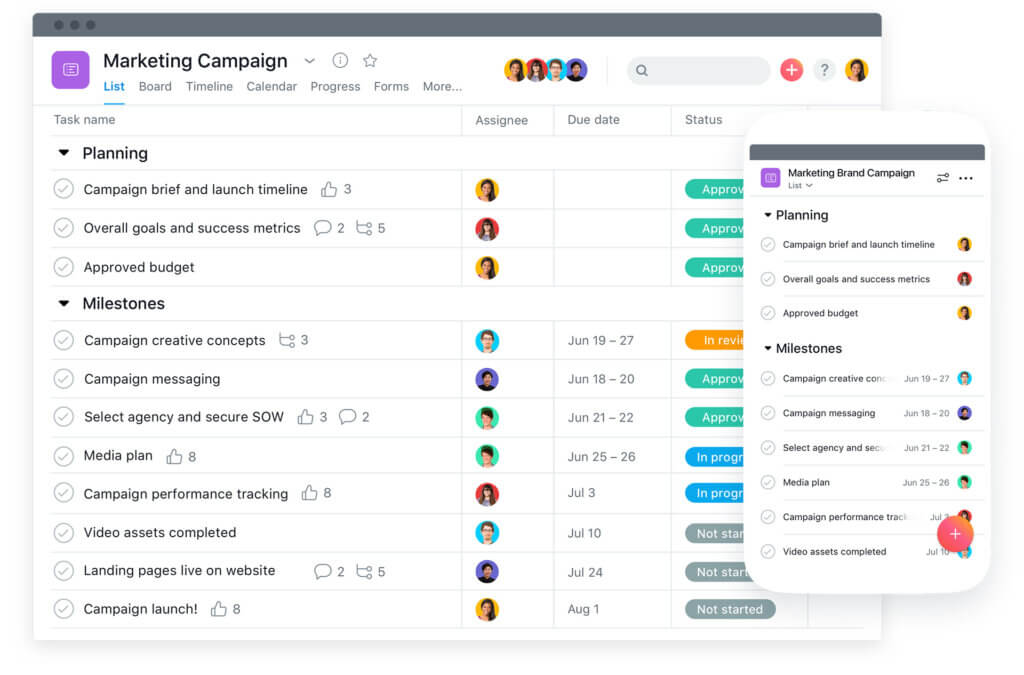
Practical Automation Tools for Administrative Efficiency
- Project Management Tools: Apps like Monday.com and Asana are incorporating AI to provide reminders, suggest task priorities and streamline project tracking
- Client Communication: Chatbot tools and automated email workflows like Intercom and Hubspot can handle basic client inquiries and send updates, freeing you to focus on high-level and more creative tasks
- Budget Tracking: AI-powered budgeting tools from Quickbooks and FreshBooks can help monitor expenses and alert you to potential overspending, keeping projects on track financially
Embracing AI While Maintaining the Human Touch
As we look ahead, it’s clear that AI is transforming the home industry in meaningful ways. From Meta’s transparency initiatives to Google’s emphasis on niche expertise, and from creative tools to innovative design platforms, AI is opening new possibilities for designers and brands alike.
However, the key to success lies in striking the right balance. While AI can enhance efficiency, streamline processes, and fuel creativity, it works best when combined with human expertise and authentic design vision. The most successful professionals will be those who leverage AI as a powerful tool in their arsenal while maintaining the personal touch and creative insight that clients value.
Whether you’re just starting to explore AI tools or looking to optimize your existing tech stack, remember that transparency and authenticity remain crucial. Be open about your AI usage, focus on your unique niche, and use these powerful tools to enhance—rather than replace—your creative process.
The future of interior design isn’t about choosing between human creativity and artificial intelligence—it’s about harnessing both to create exceptional experiences for your clients while building a more efficient and innovative business.
Ready to embrace these AI trends in your home industry business? Start small, experiment with the tools that align with your needs, and remember that the goal is to enhance your unique value proposition, not diminish it. Need guidance on implementing AI solutions in your design business? Contact us to discover how we can help you navigate this exciting technological evolution.
